
"King " Carter |
Just below Williamsburg on the James, Carter's
Grove (circa. 1751-1753) is a remarkable, somewhat confusing place.
Built in the late 1730s by Carter Burwell, grandson of Robert "King" Carter,
perhaps the richest man in the colonies in the early

"King " Carter |
eighteenth century, this stately Georgian mansion was meant to be a
showplace more than a functioning tobacco plantation. The Colonial
Williamsburg Foundation acquired the place n the late 1960s.
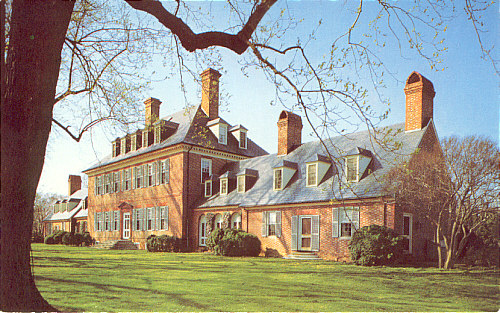 |
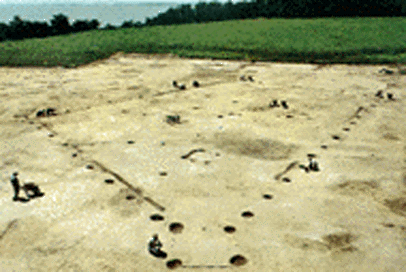 |
|
|
|
While testing archaeologically in the early 1970s, CW's premier historical
archaeologist, Ivor Noel-Hume, discovered "Martin's
Hundred,," a settlement wiped out during the Indian Revolt
of 1622. The center of life there was a palisaded "village" named "Wolstenholme
Towne." Here's an artist's conception of the place from
one of the assigned National Geographic articles, along with
a photo of a three-dimensional model.
|
|
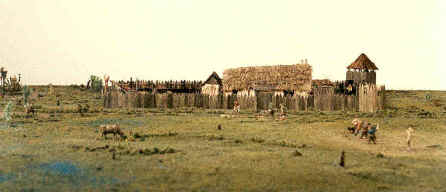 |
|
|
The site has not been reconstructed. Instead, there is a walking tour,
complete with recorded voice-overs by Noel-Hume (talking out of barrels
no less!) and outlines of buildings and compounds. There is also
a terrific underground museum. We can see the excellent introductory flick
at the visitor's center, then see the archaeology museum, then take the
walking tour of the settlement itself.
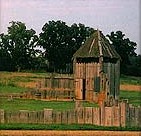 Blockhouse at Martin's Hundred |
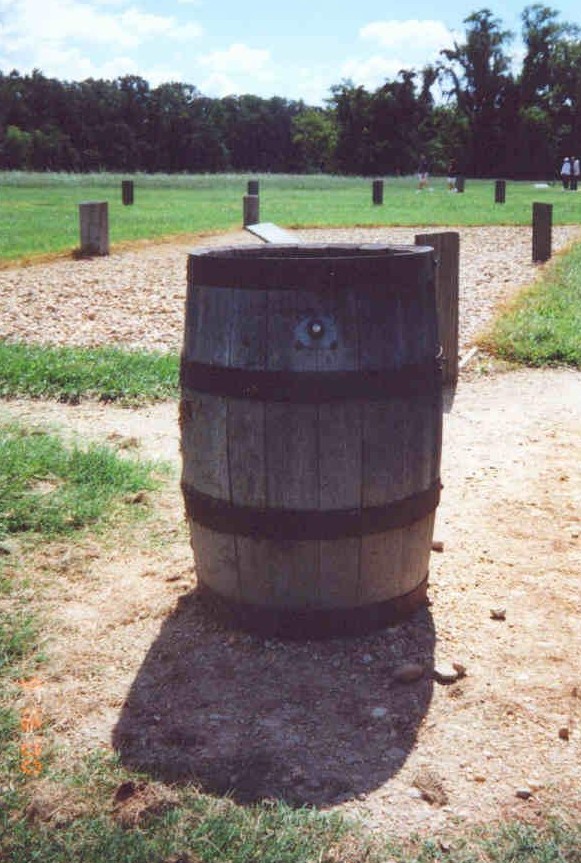
Ivor Noel-Hume Talks Out of a Barrel |

The Class Entering the Winthrop Rockefeller Museum |
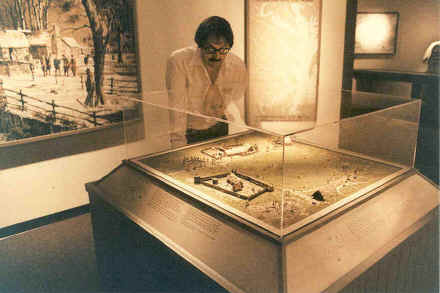
Inside the Rockefeller Museum at Martin's Hundred |
Return to the Main Page for This Course
Return to JPW's Homepage